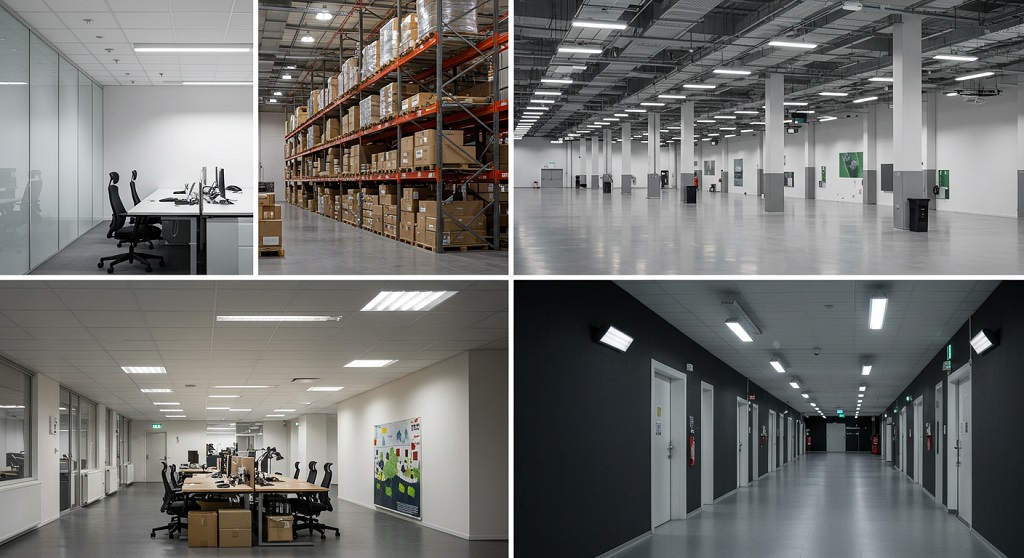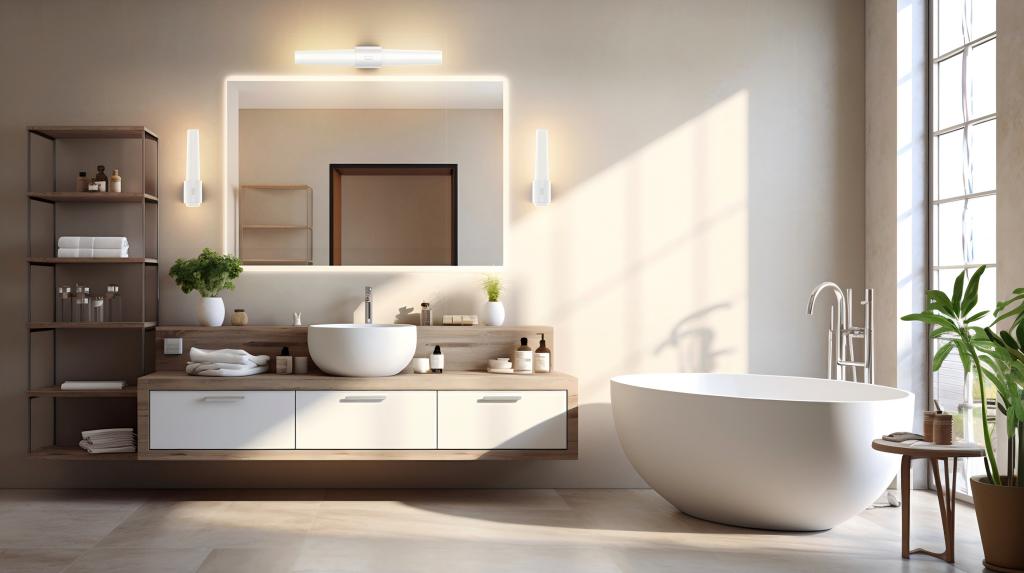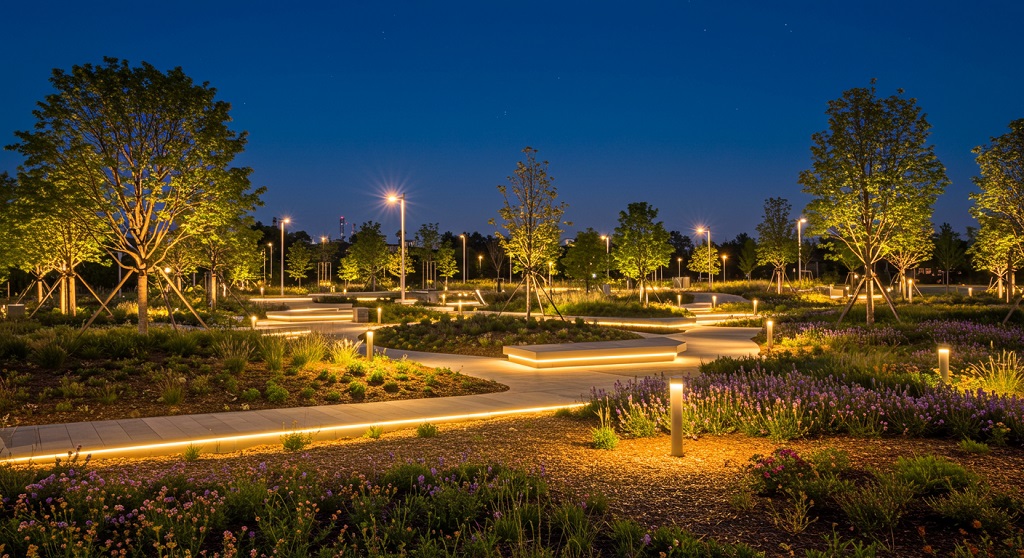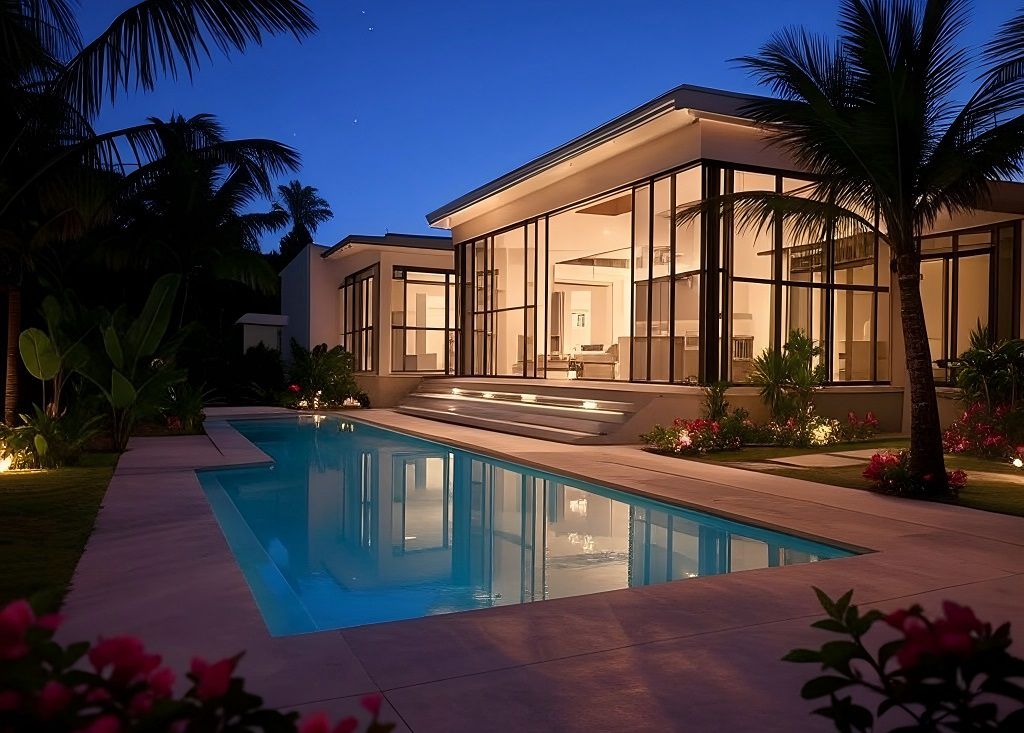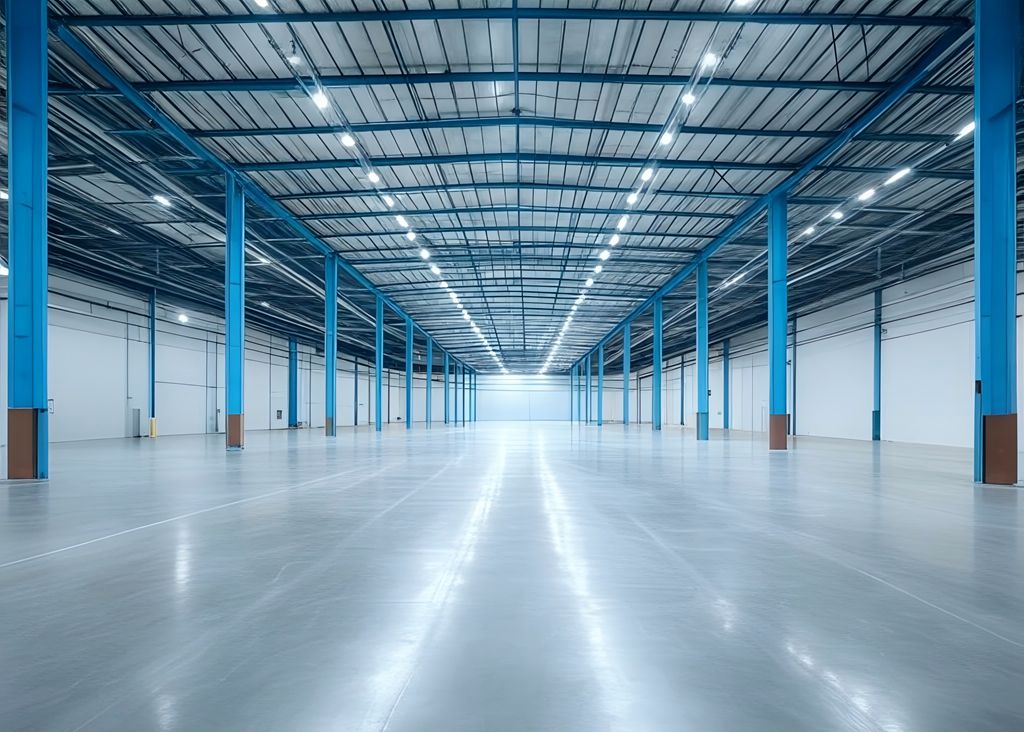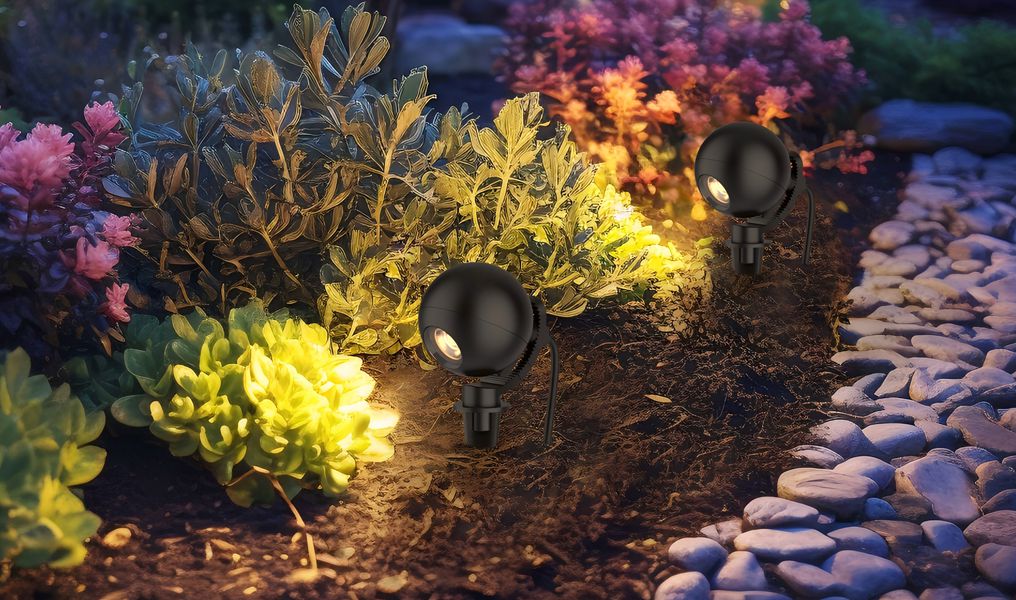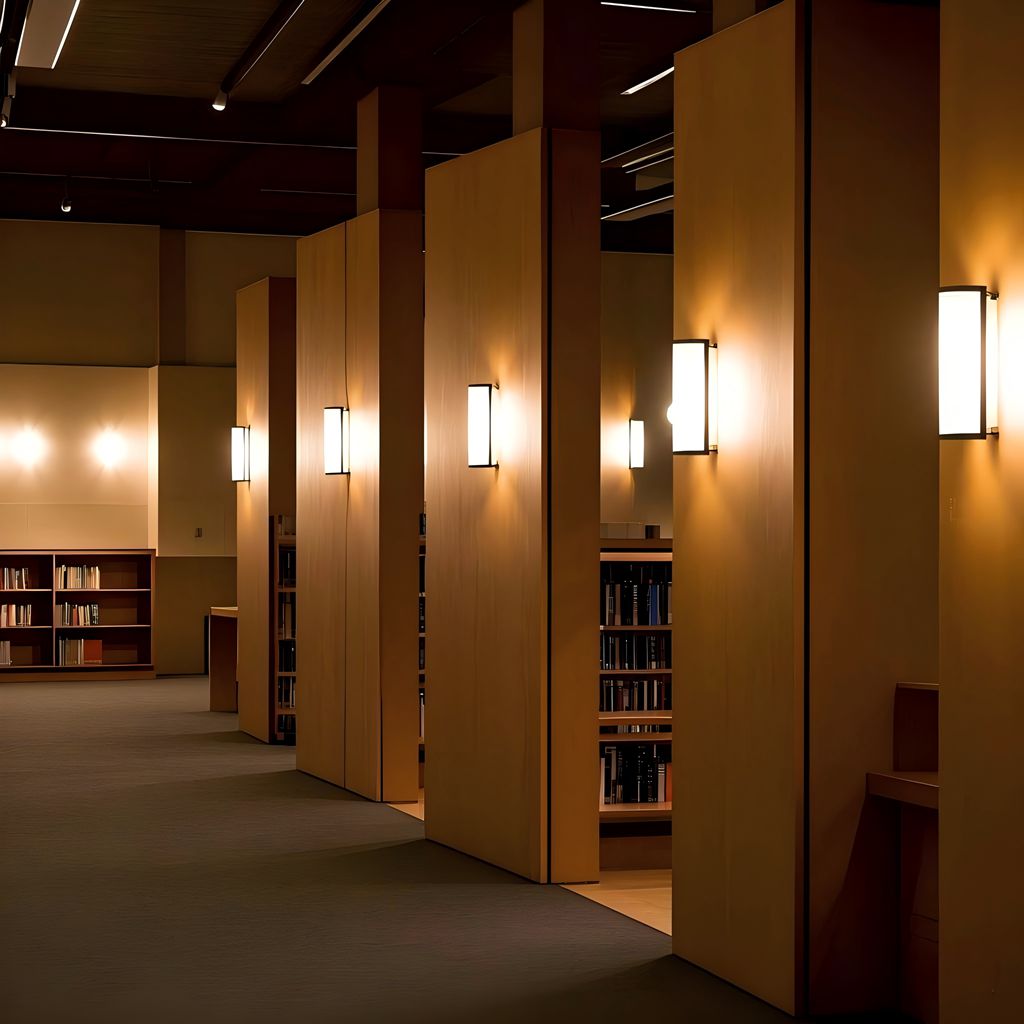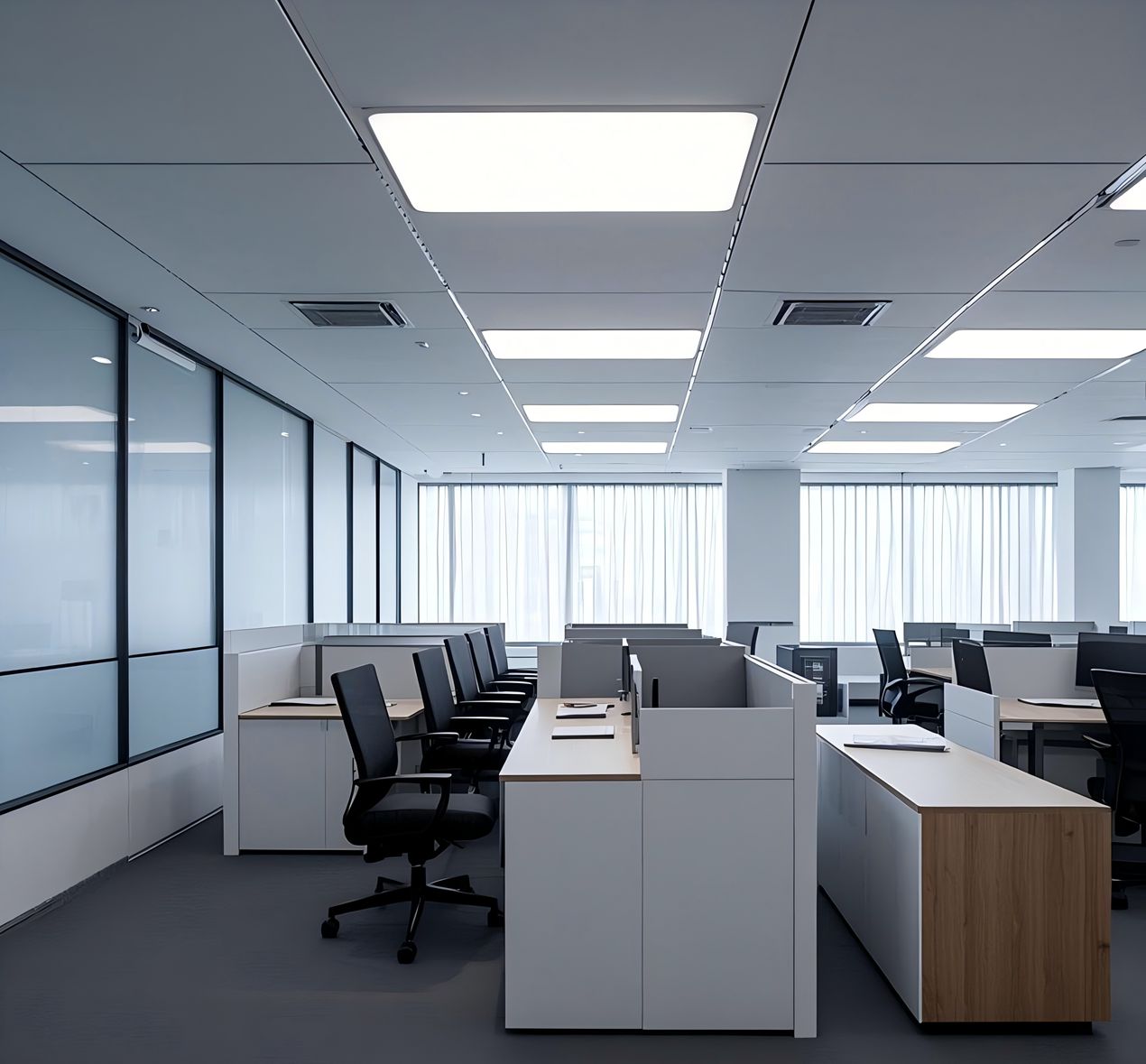Why do lights get hot?
Before we know the reason for lights getting hot, we should know how the light works. First, look at the bulk. The bulb relies on the tungsten filament to emit light, and the tungsten filament in the bulb does the work through the current. When its temperature reaches 2000°C can it emit light, so it is bound to generate a lot of heat, as well the heat on the tungsten filament is transferred to the bulb wall, which is the reason why the bulb will emit light and become hot. Second, the heat of incandescent light is much more than fluorescent light, it powers on via electron-tube heater heating until in sm incandescent state, then using thermal radiation to emit visible light. The third is a fluorescent light, when the power supply is turned on, all the voltage is applied to the starter, and the neon gas ionizes in the glass bubble and emits a glow.
From the three types of lighting principles, we may get a feel of why lights get heat. As technology develops, in recent years the high-efficiency LED emerging is popular in the light industry market. Most people just think that LED light is lower heat output and higher efficiency, not like incandescent light and fluorescent light-emitting much heat, but when they observe the LED strip for a while, they may be surprised that LEDs also get hot. Actually, the efficiency value of LEDs, parts of the energy turn into useful light, and part of the energy is wasted as heat energy. Normally, Only about 30% of the electric energy of the LED light source is converted into light energy, and the other energy is converted into heat energy, which must be transmitted by heat conduction. Even then, LEDs are still cooler by far than incandescent and halogen bulbs.
What are the damages will bring if LEDs get hot?
LED heating will reduce the LED on-resistance. Due to the nonlinear relationship of the Vf--If the curve of the LED, a small change in Vf will cause a large change in If, which will cause a large change in brightness, and the light also will decay for a long time. If the current is not controlled, it can burn the LED in severe cases.
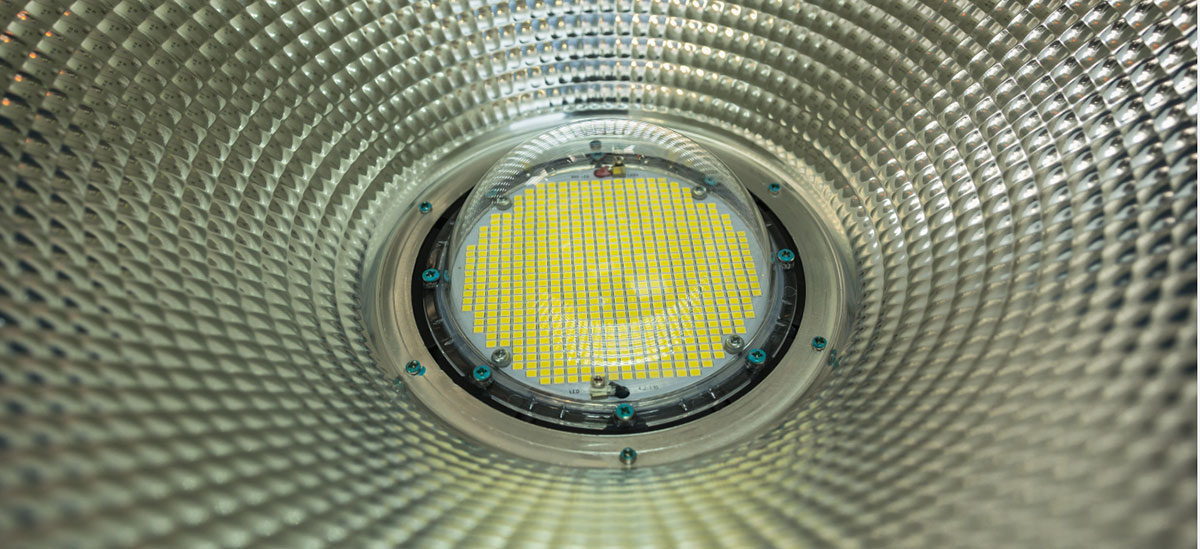
How to deal with overheating LEDs?
Generally, LED converts about 60 percent of its energy into heat, if the heating temperature is more than 60%~70% of efficiency, it needs to pay more attention. On the one hand, too hot may shorter the LED lifespan or diminish light quality. On the other hand, it will be burned out under more dangerous circumstances.
There are many reasons that cause LED light heating, for example, poor heat dissipation for its poor structure, and a lot of the electricity is used in heating the metal filament. To lower the heating, first, you can through the current control to adjust the light intensity. Second, put an aluminum plate of the LED to spread the heat. Third, use the fans to blow the hot air. In the end, you also can pick other means of science to
Measure to avoid LED overheating
- Read and follow the manufacturer’s specifications, there may have the right measure to prevent the lighting from overheating.
- Avoid the enclosed space, and put the in the open space for easy heat dissipation, otherwise, it will get hotter and hotter quickly in an airtight space
- Control the current
- Use a lower color temperature

